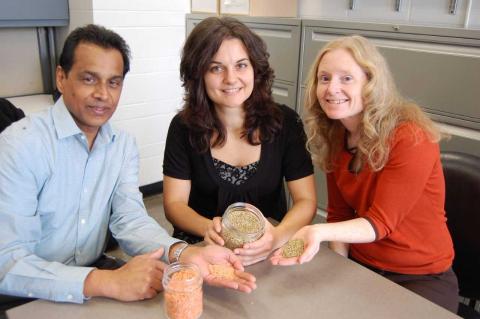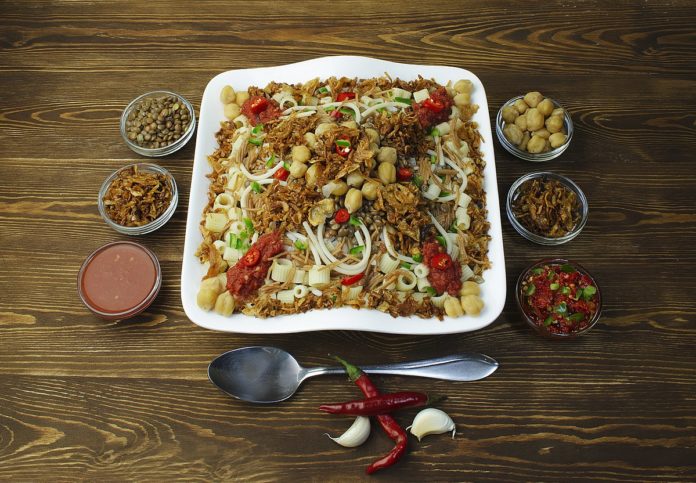Replacing potatoes or rice with pulses or daal can lower your blood glucose levels by more than 20 per cent
A new study by University of Guelph led by Prof. Alison Duncan, Department of Human Health and Nutritional Sciences, and Dan Ramdath of Agriculture and Agri-Food Canada, found that swapping half of a portion of these starchy side dishes for lentils or daal can significantly improve your body’s response to the carbohydrates.
Starches are complex carbohydrates that are broken down by the body into simple units of sugar. Replacing half a serving of rice with lentils caused blood glucose to drop by up to 20 per cent. Replacing potatoes with lentils led to a 35-per-cent drop.

“Pulses are extremely nutrient-dense food that have the potential to reduce chronic diseases associated with mismanaged glucose levels,” said Duncan, who worked on the study with PhD student Dita Moravek and M.Sc. students Erica Rogers, Sarah Turkstra and Jessica Wilson.
Pulses are extremely nutrient-dense food that have the potential to reduce chronic diseases associated with mismanaged glucose levels
Glucose levels in the participants’ blood were measured by researchers before they ate and then two hours afterward. They repeated the process for white potatoes alone and the same combinations of potatoes and lentils.
“We mixed the lentils with the potatoes and rice because people don’t typically eat pulses on their own, but rather consume them in combination with other starches as part of a larger meal, so we wanted the results to reflect that.”
Blood glucose fell by similar amounts when half of the starch was replaced with each of the three types of lentils. Blood glucose comprises sugar found in the blood during digestion in the upper digestive tract and depends on the starch content of foods consumed. Pulses, such as lentils, can slow digestion and the release of sugars found in starch into the bloodstream, ultimately reducing blood glucose levels, said Duncan.


